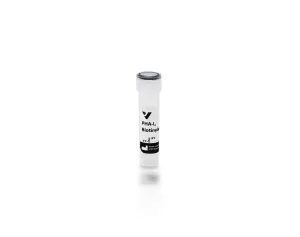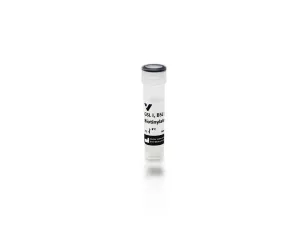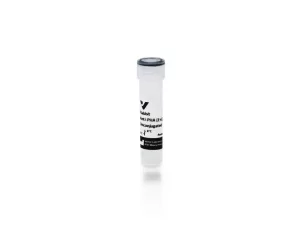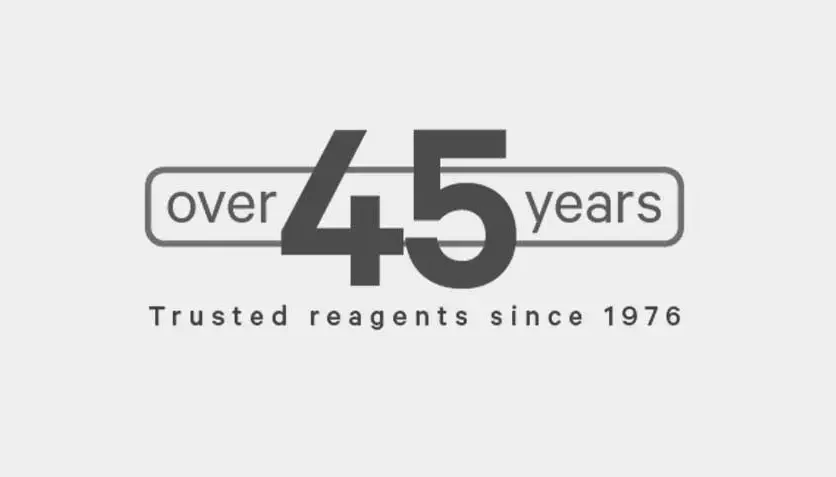Vector Laboratories is closed for the President’s Day on Monday, February 19th. We will be back in the office on Tuesday, February 20th.
We will respond to emails upon our return. Have a wonderful day.
Menu
Vector Laboratories is closed for the President’s Day on Monday, February 19th. We will be back in the office on Tuesday, February 20th.
We will respond to emails upon our return. Have a wonderful day.
Con A recognizes α-linked mannose present as part of a “core oligosaccharide” in many serum and membrane glycoproteins.
Rhodamine labeled Con A has an appropriate number of fluorochromes bound to provide the optimum staining characteristics for this lectin. This conjugate is supplied essentially free of unconjugated fluorochromes. The excitation maximum is at 550 nm and the emission maximum is at 575 nm.
| Unit Size | 25 mg |
|---|---|
| Applications | Immunofluorescence, Glycobiology |
| Recommended Usage | The recommended concentration range for use is 5-20 µg/ml. |
| Recommended Storage | 2-8 °C |
| Maximum Excitation | 545-555 nm |
| Maximum Emission | 570-580 nm |
| Solution | 10 mM HEPES, 0.15 M NaCl, pH 7.5 0.08% sodium azide, 0.1 mM CaCl2, 0.01 mM MnCl2, 5 mM mannose |
| Concentration | 5 mg active conjugate/ml |
| Conjugate | Rhodamine |
| Color of Fluorescence | Red |
| Sugar Specificity | Mannose, Glucose |
At neutral and alkaline pH, Con A exists as a tetramer of four identical subunits; below pH 5.6, Con A dissociates into active dimers of 52 kDa. Acetylation, succinylation, or other derivatizations can also produce stable forms with dimeric structures. (See succinylated Con A). Nicks in the sequence are often present in the purest preparations due to hydrolytic damage within the seeds.
Con A requires calcium or manganese ions at each of its four saccharide binding sites. Although these divalent metal ions are bound tightly to the polypeptide structure, buffers which can bind calcium (such as phosphate) generally should be avoided in diluting Con A, since a gradual loss in activity may occur.
Accompanying each fluorescent lectin is an analysis data sheet summarizing the results of our quality control tests and providing pertinent information on the product. All of these reagents are supplied as solutions preserved with sodium azide.
Inhibiting/Eluting Sugar: mixture of 200 mM α-methylmannoside/200 mM α-methylglucoside
Applicable patents and legal notices are available at legal notices.




Stay in the Loop. Join Our Online Community

©Vector Laboratories, Inc. 2024 All Rights Reserved.
How do I Request a Quote?
To request a quote for products: